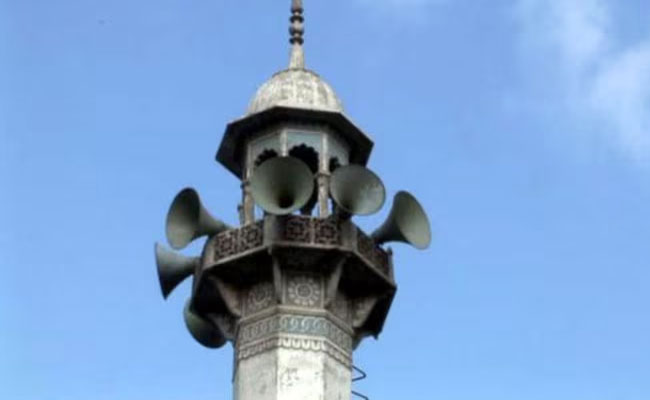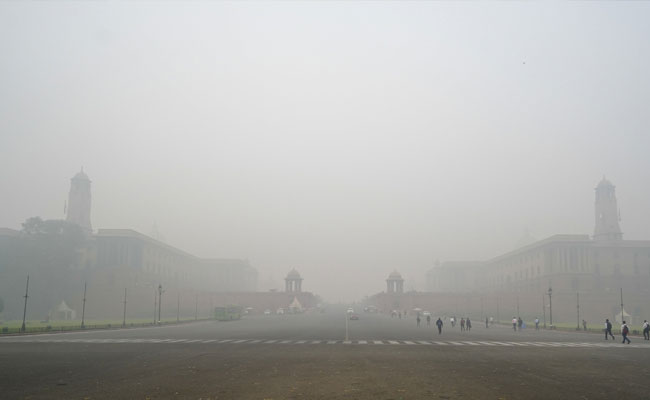Claim: An Instagram video suggests drinking a concoction prepared by boiling garlic and cumin seeds with lemon extract to burn fat.
Fact: The claim is misleading. The recipe alone cannot burn fat. A balanced diet and good exercise are essential.
An Instagram video about an ‘ancient method’ to burn body fat has gone viral. The video advises boiling two cloves of garlic and a teaspoon of cumin seeds mixed with lemon juice in two cups of water and drinking it on an empty stomach to burn fat.
View this post on Instagram
Fact Check
NewsMeter found that the claim is misleading.
Dr Raghavendra Cherukku, an interventional cardiologist, explained if the method is useful for burning fat: “There is no single strategy to reduce fat. This strategy has to be supplemented with an intake of healthy food and regular exercise. The antilipidemic property of garlic can help reduce LDL and increase HDL but has no impact on triglycerides.”
Garlic has antioxidant and antibiotic properties, which can aid in other health benefits.
“Some studies done on rats and humans have proved the antilipidemic properties of garlic can help burn fat. However, taking the concoction on an empty stomach can be detrimental for those with gastric issues. Hence it can be taken after eating food,” Dr Raghavendra said.
A balanced diet with high protein and fibre, and low oil and low carbohydrates is essential to reduce triglycerides. Food containing carbohydrates, like maida, gets converted into triglycerides, which cannot be reduced by taking the concoction.
“Most South Indian diets use a lot of oil, around 10-15 tablespoons per day, against the maximum requirement of 2-3 tablespoons per day. Physical exercise for 150 minutes per week and a balanced diet are essential to reduce triglycerides and bad cholesterol,” Dr Raghavendra added.
(This story was originally published by newsmeter.in, and republished by english.varthabharati.in as part of the Shakti Collective)
Let the Truth be known. If you read VB and like VB, please be a VB Supporter and Help us deliver the Truth to one and all.
Jamshedpur (PTI): One person was arrested on the charge of raping a 30-year-old woman with speech impairment in Jamshedpur, a police officer said on Tuesday.
The incident occurred in the Azadnagar police station area of the city, and a case in this regard was registered based on the statement of the victim's brother on Monday.
The victim had gone to fetch water from the premises of a company on Monday evening. When she did not return even after a considerable time, family members went out in search of her and caught the accused red-handed, police said.
ALSO READ: BJP accuses Karnataka govt of 'failing' to prevent noise pollution caused by 'azaan'
The accused was a caretaker of the company.
Deputy Superintendent of Police (Patamda) Bachandeo Kujjur said due to scarcity of water in the area, the victim used to fetch water from the premises of the company.





